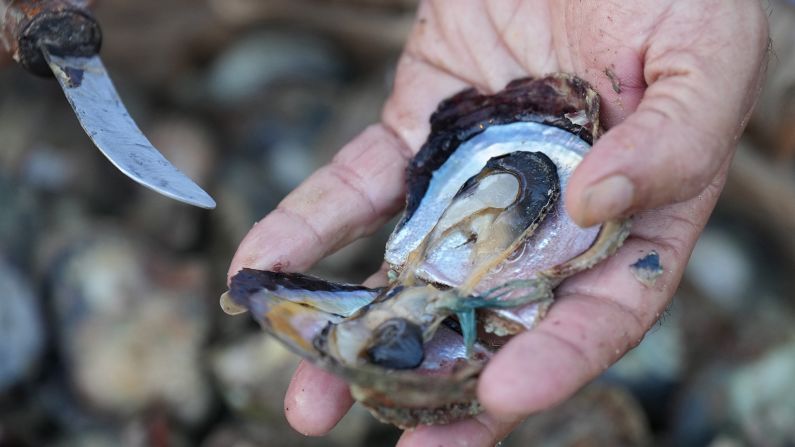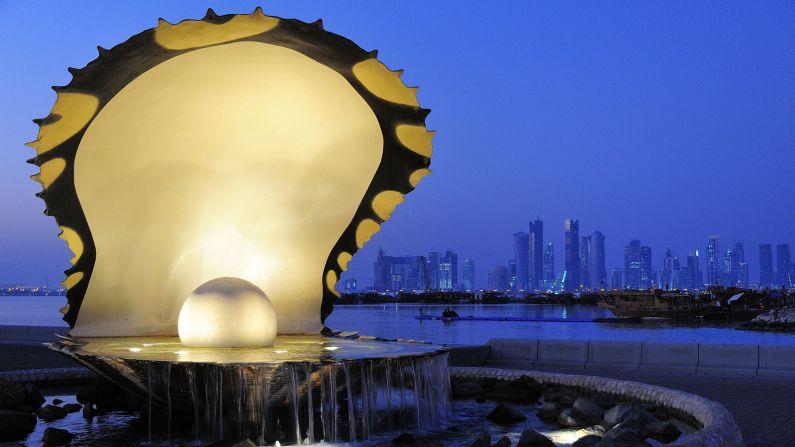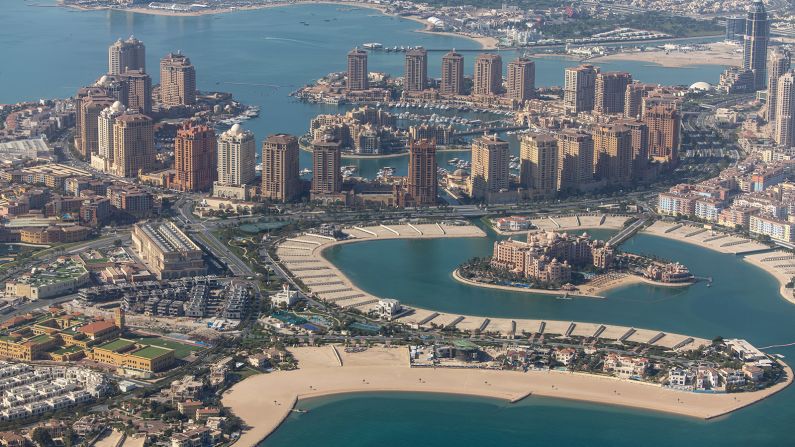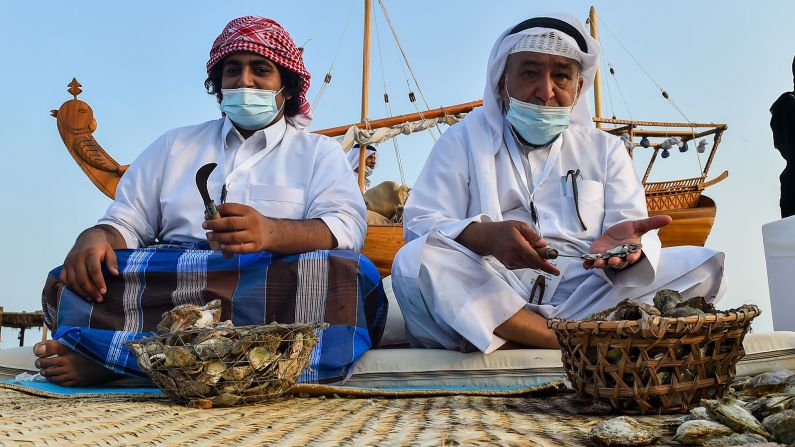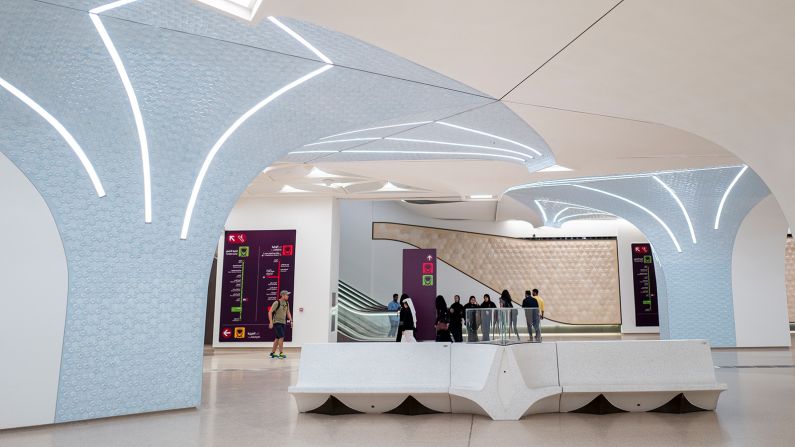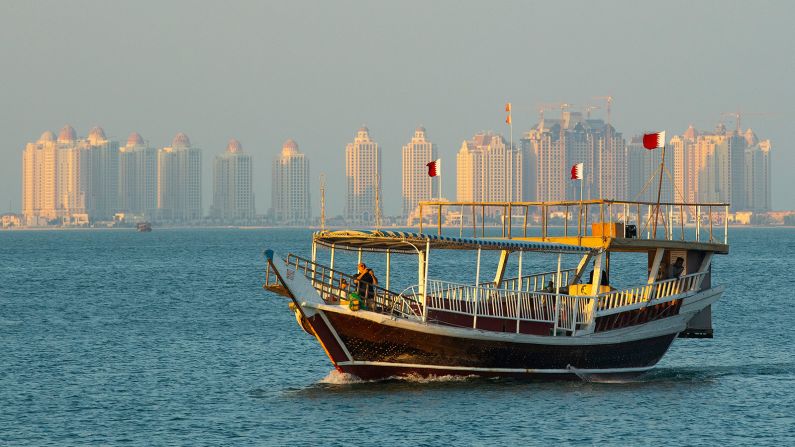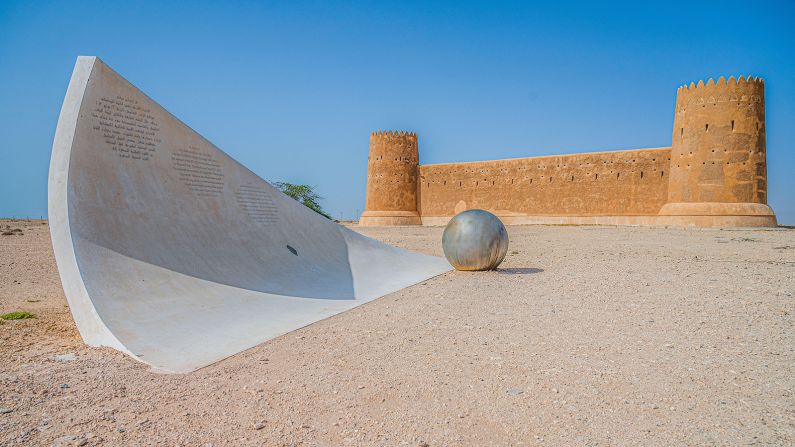Editor’s Note: This CNN Travel series is, or was, sponsored by the country it highlights. CNN retains full editorial control over subject matter, reporting and frequency of the articles and videos within the sponsorship, in compliance with our policy.
Before Qatar first struck “black gold” in 1939, life in the Gulf revolved around pearls. These iridescent gems of the deep shaped the culture, politics, regional relations and fortunes of its inhabitants over more than 7,000 years – not least Qatar’s ruling Al Thani family, who were the dominant force in the local pearling industry at its peak around the turn of the 20th century.
Revered for their brilliant luster and luminosity, Gulf pearls were a particular hit with the aristocratic and emerging middle classes of Europe and the US. Along with its neighbors and fierce rivals Bahrain and some parts of the Trucial States (which encompass today’s UAE), Qatar rose to the increasing global demand, with 48% of its 27,000-strong population in 1907 (or nearly all men) employed in pearling.
Half a century later, however, it was all over, with the political resident (the chief British representative in the Gulf) writing in 1958: “For the first time in very many years no pearling boat left Doha harbor, and the hulks of what used to be a considerable fleet lie rotting on the coast.”

The arrival of oil was just one of multiple factors that led to the swift and crushing demise of the Gulf pearling industry. But while many physical remnants of Qatar’s pearling past have since succumbed to the bulldozers, this rich heritage remains woven into the fabric of the nation.
Scratch the surface of Qatar today, and references to its pearling past are ever-present, from public art – notably the Pearl Monument at the entrance to Doha’s Dhow Harbour depicting a giant, pearl-bearing oyster – to modern architecture including The Pearl-Qatar, a glitzy residential and lifestyle development built on a former pearling bed.
Keen-eyed commuters will also note the pearlescent tiles featured throughout Doha’s metro stations.
Visitors can still shop for rare (and eye-wateringly expensive) Gulf pearls at The Old Pearl Diver boutique in Doha’s Souq Waqif run by octogenarian Saad Ismail Al Jassem, who claims to be one of Qatar’s last commercial pearl divers.
Risky lives
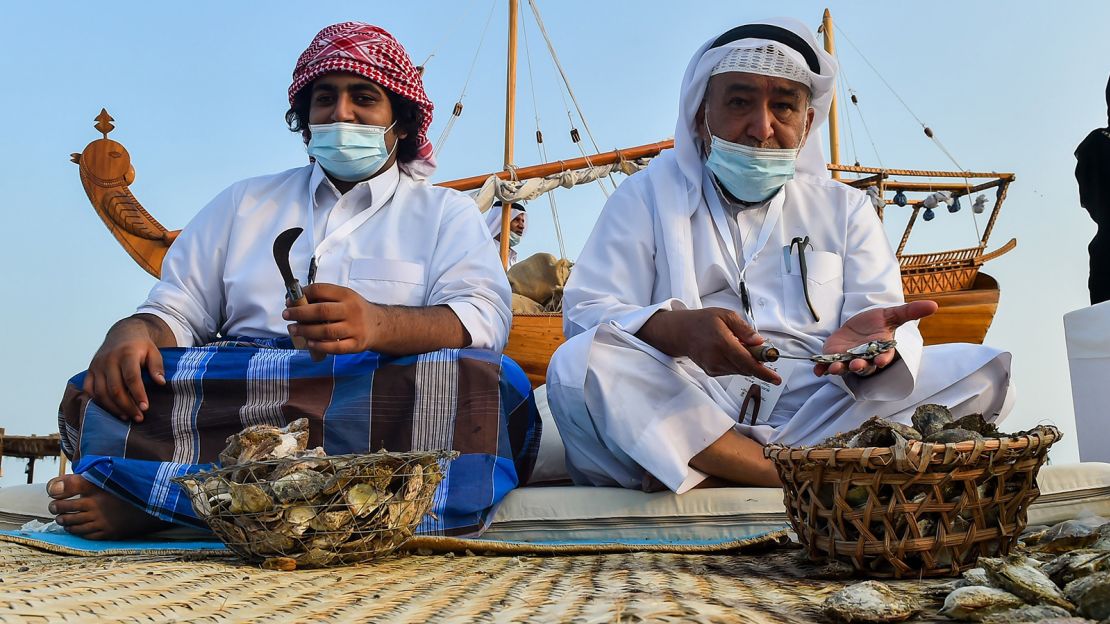
And while commercial pearl diving has yet to enter a renaissance in Qatar as it has in Bahrain and the UAE, the nation continues to revive its pearling heritage at annual festivals including the Senyar Festival, which includes a pearl diving contest, and the Katara Traditional Dhow Festival, marked by a program of maritime displays and traditional activities.
Offering similarly evocative insights throughout the year are Qatar’s museums including Doha’s National Museum of Qatar, where the immersive film “Nafas” (Breathe) by Mira Nair brings the hardships of pearling to life.
In the nation’s northwest, a small pearling display at Al Zubarah Fort, which sits astride the ruins of a former pearling port (now publicly accessible via a boardwalk opened in November 2022) offers another intriguing taste of life in Qatar’s coastal pearling communities.
While the tujar (richest pearl merchants) and sheiks who controlled the pearling fleets accumulated great wealth from the trade, life for ghasa (pearl divers), who would spend more than four months of each summer at sea, was “pretty grim”, says Robert Carter, senior archaeology Specialist at Qatar Museums and author of “Sea of Pearls: Arabia, Persia, and the Industry That Shaped the Gulf.”
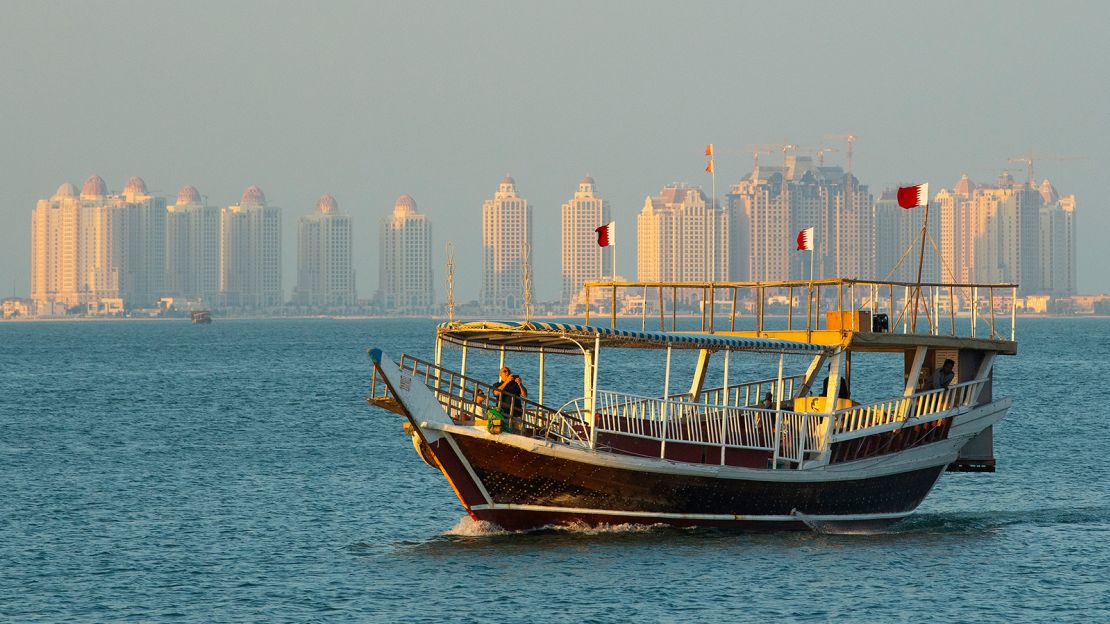
“They didn’t have much to eat except rice, fish and maybe a bit of bread, so scurvy was a problem,” Carter explains. “Water was strictly rationed, so they would have to wash in the sea; and they were damp all the time, so they got horrible fungal diseases.”
Carter also notes accounts of divers, who typically made 50-60 dives per day,getting stung by rays and eaten by sharks.
When divers – weighed down by a rock – had collected around 20 oysters, they would tug on a rope to be pulled back up to the surface by a siyub (rope hauler). Any pearls found in the mollusks were graded and kept under lock and key on the dhow (pearling boat), with the opened shells either tossed back into the sea or kept to sell as mother-of-pearl. A member of the crew caught attempting to conceal a pearl, according to the late Australian mariner and writer Alan Villiers, would risk being beaten to death.
“The profits were shared among the crew, so stealing a pearl would mean breaking an enormous bond of trust,” explains Carter. A decent payday was never guaranteed anyway, with lackluster seasons often leaving divers, haulers, and even dhow captains without the means to support their families through to the next season. Slaves, meanwhile, were required to hand over their share to their masters.
Desert relics
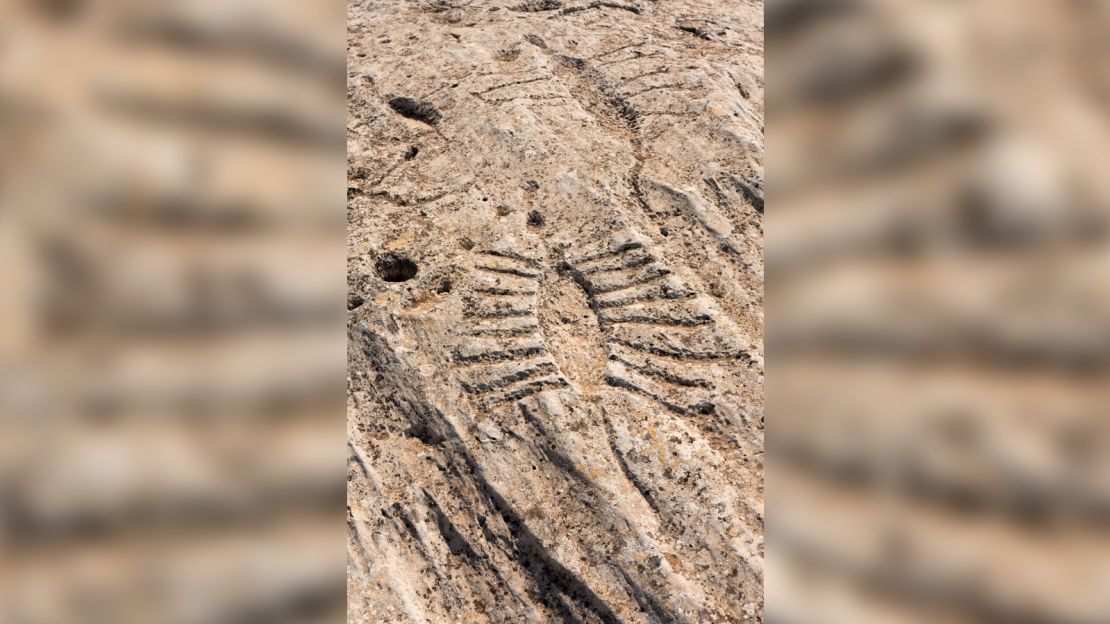
The pearling industry historically had complex labor practices. At its peak it is estimated that a significant portion of pearl divers were enslaved. Despite the 1807 abolition of slavery in the British Empire, slavery was permitted to continue in Qatar for nearly four decades after the region became a British Protectorate in 1916.
Part of central Doha’s Msheireb Museums, Bin Jelmood House – the former home of a slave trader – documents Qatar’s slavery history, with displays touching on the role of slavery in the pearling industry.
Among the more mysterious links to Qatar’s pearling past are some physically etched into its desert landscape. Near the dreamy turquoise beaches of Fuwairit, one of many abandoned pearling settlements in remote northern Qatar, the publicly accessible rock carvings of Al Jassasiya – thought to be up to 250 years old – clearly depict, among other things, pearling dhows with oars sticking out from mandorla-shaped hulls like legs on an insect.
The shifting sands of the Qatari desert continue to reveal clues about Qatar’s pearling history, including the 2022 discovery of a Neolithic pearl bead by Qatar Museums’ head of excavation and site management, Ferhan Sakal – thought to be the oldest pearl uncovered in Qatar.
There are likely many more treasures waiting to be uncovered, yet the evidence already tells us, Carter says, that the pearling industry played a much more pivotal role in Qatar’s story than it is often given credit for.
“There would likely be nobody here except for the Bedouin if it wasn’t for the pearl fishery,” Carter says.
